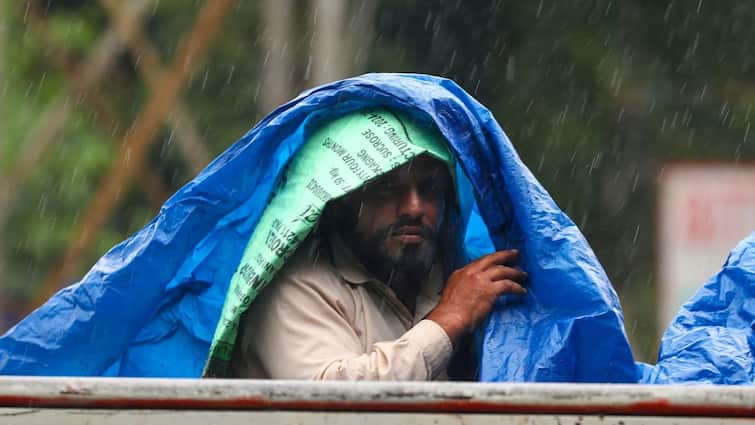PM Modi’s meeting with Xi Jinping highlights a high-stakes diplomatic balancing act, as India asserts strategic autonomy while managing US tariffs, resetting ties with China, and maintaining crucial energy and defence links with Russia. Read here
Prime Minister Narendra Modi’s diplomatic playbook is increasingly defined by a delicate three-pronged strategy. When PM Modi met Chinese President Xi Jinping in Tianjin today, it heralded more than just a resumption of high-level engagement after years of border tensions.
The talks held on the margins of the Shanghai Cooperation Organisation (SCO) summit, reinforced three strands of New Delhi’s foreign policy, managing strained ties with Washington, stabilising relations with Beijing and keeping Moscow close.
The discussions, which ranged from trade and investment to the long-standing border issue, culminated in a pledge by both leaders to pursue a “fair, reasonable and mutually acceptable” resolution to the boundary question while promoting peace and tranquillity along disputed frontiers. Analysts argue that this engagement signals not triumphalism but a measured effort to stabilise regional relations at a time when global trade is roiled by US tariffs including a steep 50 per cent levy on Indian goods.
For Delhi, the backdrop is one of mounting pressures and constrained choices. Relations with the US have cooled sharply under the Trump administration, which has publicly chastised India over discounted Russian oil purchases even as American tariffs bite.
At the same time, India continues to maintain energy and defence ties with Moscow, a relationship underscored by recent ministerial visits to Russia, and participates in forums such as the SCO alongside China and Russia, signalling a readiness to hedge rather than align fully with any single bloc.
In this context strategic autonomy is more than a slogan: it is a practical necessity, a way for India to safeguard its interests without being overdependent on any global power.
As one former ambassador, Jitendra Nath Misra told BBC, “Hedging is a bad choice. But the alternative of aligning with anyone is worse.”
The timing of the reset with Beijing is notable. Relations froze after the deadly Galwan clashes of 2020 and India’s trade deficit with China now exceeds its defence budget. Yet Trump’s sharp tariff hikes, 50 per cent on Indian goods have shifted the diplomatic calculus.
Beijing, itself hit by steep American duties, has cast Washington as a “bully”, while urging Delhi to see China as a “partner” rather than a threat. Modi’s visit signals India’s readiness to explore a pragmatic détente, even while remaining wary of Chinese intentions.
At the same time, Delhi has resisted pressure to loosen its embrace of Russia. Discounted Russian oil remains crucial for India’s energy security, and External Affairs Minister S. Jaishankar’s recent Moscow visit highlighted the enduring value of the partnership.
The third element in PM Modi’s strategic autonomy push is his response to Trump’s rebukes. The former US President has accused Delhi of funding Russia’s war machine through oil purchases, while public comments on Kashmir and the lack of progress on a trade deal have further strained ties.
Yet few expect the rupture to be permanent. History shows that sanctions after India’s nuclear tests in 1974 and 1998 gave way to rapprochement when strategic logic prevailed. Analysts suggest a similar cycle may play out again.
For now, India is holding multiple lines at once: a pillar of the US-led Quad in the Indo-Pacific, a member of the China–Russia dominated SCO, and a key buyer of Russian energy.
Scholars such as Happymon Jacob argue this reflects the reality that “managing China will be India’s core strategic preoccupation” for decades, while others, like former foreign secretary Nirupama Rao, frame it as autonomy rather than ambiguity: “India is a titan in chrysalis too large and ambitious to bind itself to any single great power.”
Whether Modi’s simultaneous rebuff to Trump, reset with Xi and bond with Putin can hold is unclear. But as one analyst put it, India’s wager is simple: absorb the blows, keep partners guessing and buy time in an increasingly unstable world order.
End of Article

)

